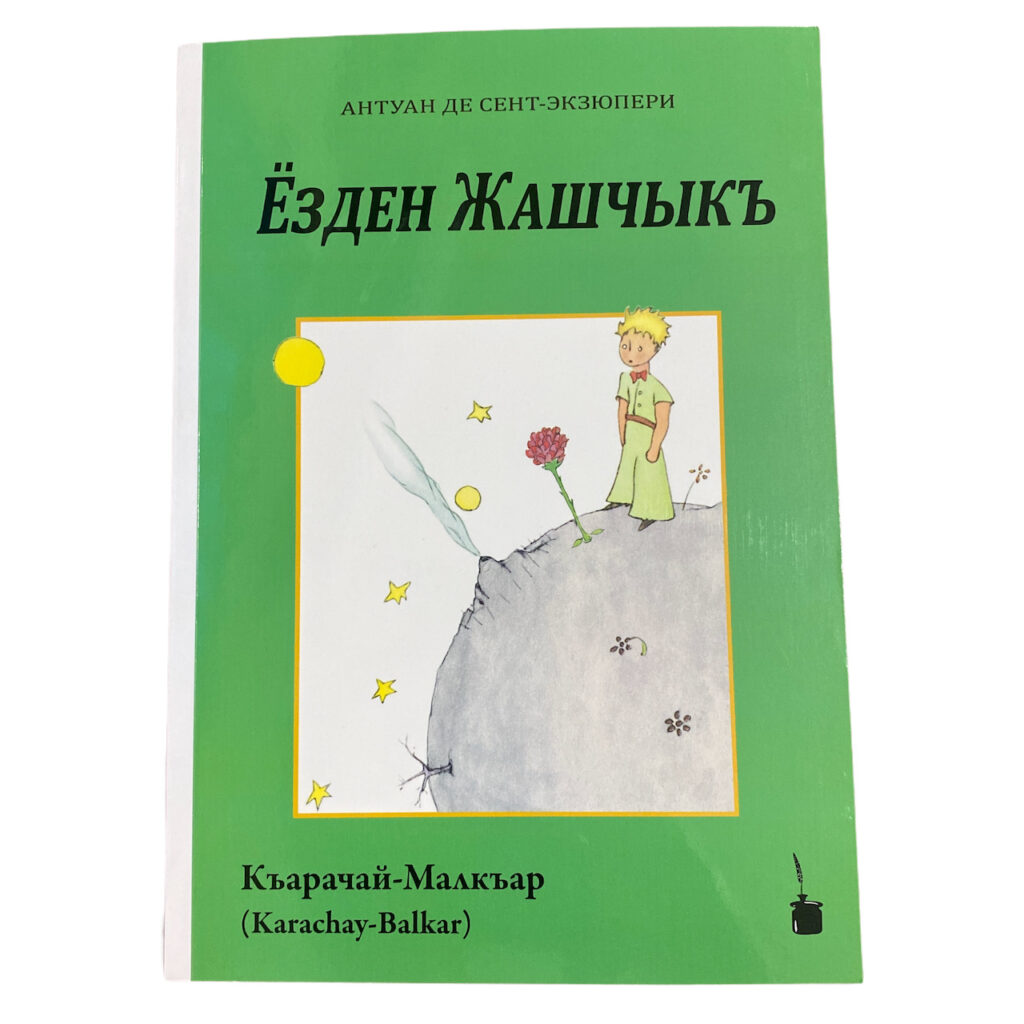
Ёзден Жашчыкъ / Ozden Zhashcyq — in Karachay-Balkar.
Karachay-Balkar / Къарачай-Малкъар тил / Qaraçay-Malqar Til is a The Karachay-Balkar language is a Turkic language spoken by the Karachay and Balkar peoples in the North Caucasus region of Russia, primarily in the Karachay-Cherkess Republic and the Kabardino-Balkar Republic, as well as by an immigrant population in Afyonkarahisar Province, Turkey. It belongs to the Kipchak branch of the Turkic languages, which also includes Kumyk, Tatar, Kazakh, and Kyrgyz, among others.
The language is an integral part of the Karachay and Balkar cultural identity, reflecting their history, traditions, and social life. It is divided into two dialects: Karachay-Baksan-Chegem and Malkar. The modern Karachay-Balkar written language is based on the Karachay-Baksan-Chegem dialect. While its core vocabulary is Turkic, Karachay-Balkar has borrowed words from Russian, Arabic, and Persian due to historical contacts and Islamic influence.
Karachay-Balkar uses the Cyrillic script, supplemented with additional letters to represent sounds specific to the language. This writing system was adopted in the 20th century, replacing earlier Arabic script usage among the Muslim population.
The history of the Karachay and Balkar peoples includes periods of migration, conflict, and interaction with various empires and peoples, which have influenced the development of their language. In 1944, both ethnic groups were deported to Central Asia by Stalin’s regime, accused of collaborating with Nazi Germany. This traumatic event, known as the “Sürgün,” significantly impacted their cultural and linguistic expression. They were allowed to return to their homeland only in the late 1950s.


